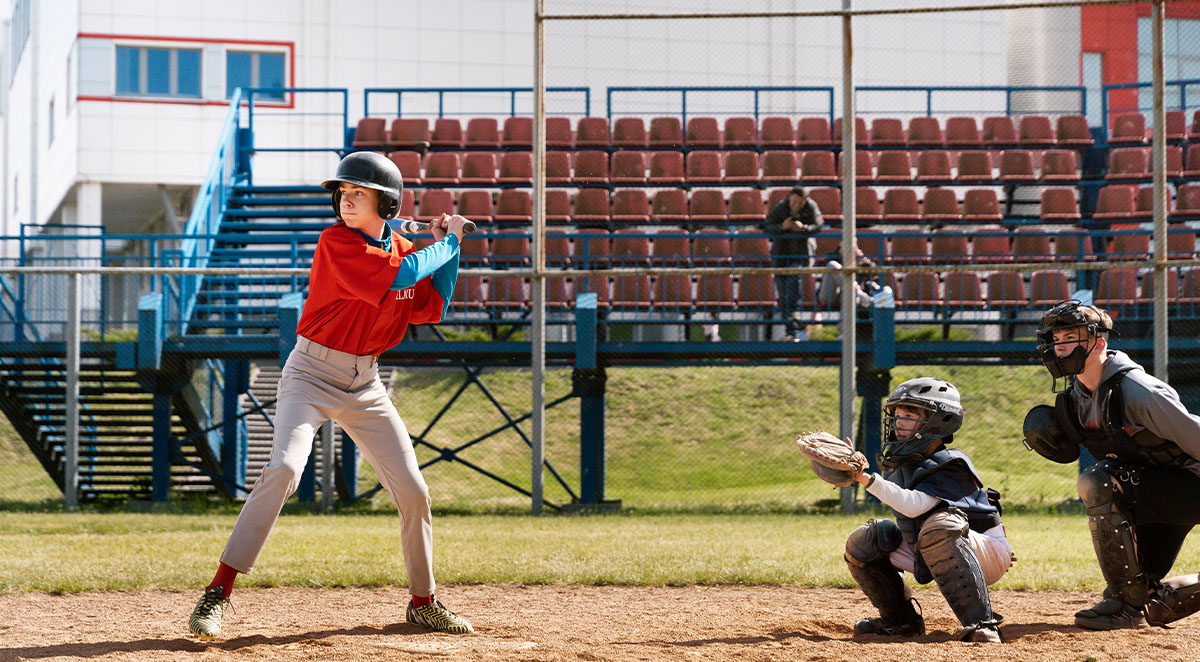Fencing Is Important in Baseball
With any sports facility project, fencing is an integral part. Fencing separates the area of play, which can be hazardous for outsiders, from the rest of a park or public area. Fencing serves several important purposes in the game of baseball, including:
- Boundary and Fair Play: A baseball field fence's primary purpose is to define the boundaries of the playing field. A fence will establish the limits in which a fair game can be played.
- Home Runs: A ball hit beyond the fenceline is a home run. This adds an element of excitement and additional scoring potential to a game, as hitting a ball over the fence results in an automatic run or runs, depending on the number of runners on base.
- Safety: Flying baseballs hurt and can lead to injury. Fencing can provide some protection to protect spectators, property, and the surrounding area from errant baseballs. They prevent balls from leaving the field of play and potentially causing injury or damage.
- Field Dimensions and Strategy: The height and distance of the fence affect the dimensions of the field, influencing the difficulty of hitting home runs and the strategy of play. Shorter walls can make it easier to hit home runs, while taller fences or fences farther from home plate can make it more challenging.
- Aesthetic and Professionalism: Fences contribute to the overall aesthetics of the baseball field, providing a polished and professional appearance. The design and materials used in the fence can also enhance the visual appeal of the field.
- Field Configuration and Variability: Different baseball fields may have varying fence dimensions, affecting gameplay. The uniqueness of each field's fence can create a distinctive playing experience for both players and fans.
- Ground Rules and Regulations: The presence and specifics of the fence are often incorporated into the ground rules of the game, dictating how the ball is played if it hits the fence, goes over, or rebounds off it in certain ways.
Types of Fences for Baseball
1) Baseball Field Fence Standards
When it comes to installing a fence for a baseball field, it is important to understand the standards set in place. For example, the height of a baseball field fence will vary depending on the age range of the participant.
2) Backstop Fencing
Behind home plate is a dangerous spot, as fly balls abound. The fence behind the home plate is called the backstop and should be at least 15 feet tall with an angled top to capture foul balls. While this isn't a requirement, having a backstop is important to keep other players and the general public safe.
If you are looking for additional safety measures for behind the home plate, netting can be installed. This heavy-duty material should extend in any direction that the backstop could potentially not protect the fans.
3) Perimeter Fencing
This is where things get a bit tricky, as the perimeter fence often extends from dugout to dugout but has a few different height changes throughout its length. One such rule is that the height of the field fencing at any one location should not exceed four feet. The crown of the fence should be low enough for players to reach and lean over to catch balls.
At the home run fence portion, it should be straight, and the height will change as it approaches the back end of the border. Around the perimeter of the field, the distance from the home plate will have some variance. The fence should continue down the left side of the field after closing off the home run boundary all the way back to the dugout.
Types of Fence Materials for Baseball
There are a plethora of different materials that can be used for baseball fencing that meet just about every application and budget. Most baseball field fences are simple chain link fencing. While this is the most economical option, it may not meet the aesthetics that you desire out of a baseball fence.
Some additional materials that can be used include:
- Steel: Heavy and robust, steel fencing adds security and can add to the aesthetics of your fence.
- Aluminum: Much like steel, aluminum adds a sense of style not found with simple chain link fencing. However, aluminum is much more lightweight.
- Vinyl: Long-lasting and cost-effective, vinyl fencing is weather-resistant and easy to clean.
Working with a professional fence company can help narrow down the field of different types of fencing and installation guidelines to ensure that your baseball field is a true field of dreams.
The Number One Tip for Installing a Baseball Field Fence
Considering all that goes into installing a baseball field fence, the one piece of advice that we can give you is to work with a professional fence company. With years of experience building fencing for all different applications, we at Asheville Fence know a thing or two about baseball field fences.
If you need a baseball field fence or any other fencing application installed in the Asheville or Hendersonville area, then you can count on Asheville Fence for the best fencing products and top-notch installation. Contact us today for more to schedule a consultation!

